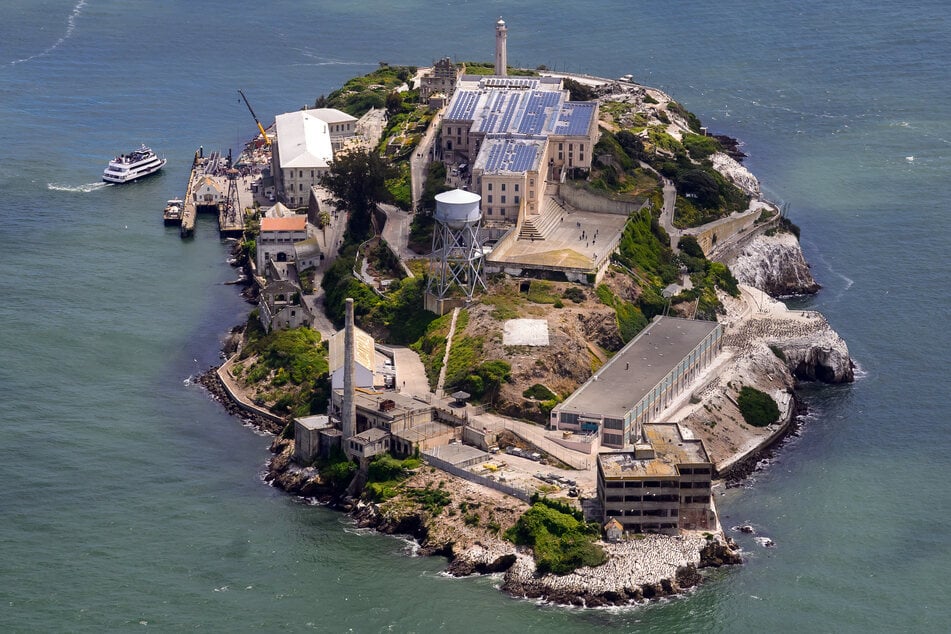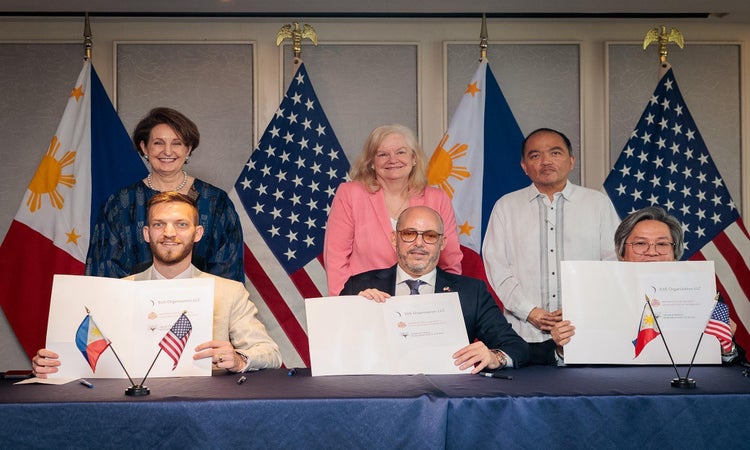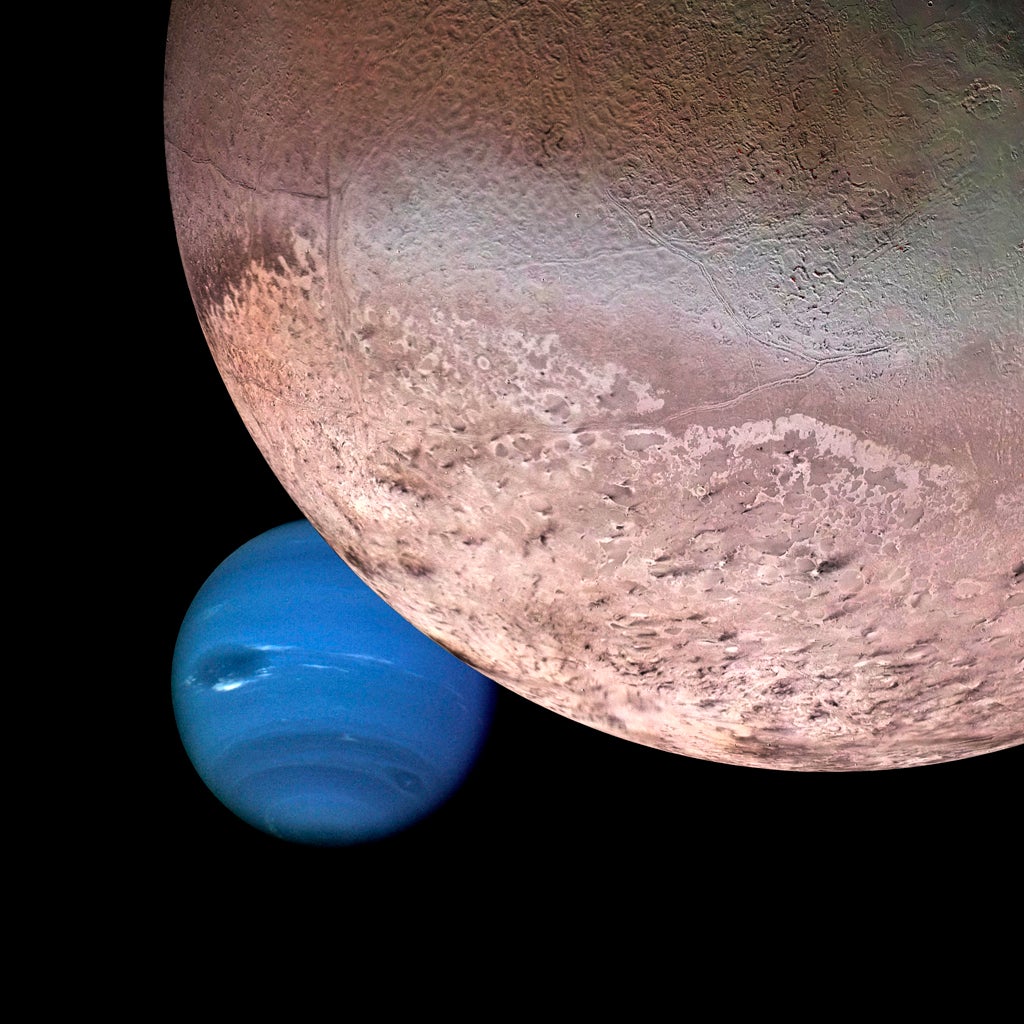Nvidia CEO says power-efficient optical chip technology will take time before widespread adoption.
Nvidia CEO Jensen Huang says optical chip technology isn’t ready for flagship GPUs but will be used in networking chips by 2026. While copper remains more reliable, experts predict a shift to optics by 2028 to meet AI computing demands.

SAN JOSE, California, March 18 (Reuters) – A cutting-edge chip technology designed to reduce energy consumption is not yet dependable enough for Nvidia’s top-tier graphics processing units (GPUs), CEO Jensen Huang said on Tuesday.
Known as co-packaged optics, this emerging technology utilizes laser beams to transfer data via fiber optic cables, offering faster speeds and better energy efficiency than conventional copper wiring.
Speaking at Nvidia’s annual developer conference in San Jose, California, Huang announced that the company would integrate co-packaged optics into two upcoming networking chips used in server switches, improving their energy efficiency by 3.5 times compared to previous models. These chips are expected to launch later this year and into 2026, marking a small but notable step toward broader adoption of the technology.
However, Huang later told reporters that while Nvidia has explored using the technology in its flagship GPUs, there are no current plans to do so. He cited the superior reliability of copper connections, which remain "orders of magnitude" more dependable than today’s optical alternatives.
“We keep evaluating the equation, but copper is far better,” Huang said, explaining that Nvidia prioritizes a stable product roadmap for key customers like OpenAI and Oracle. He emphasized the massive scale of AI infrastructure investments, which are expected to reach hundreds of billions of dollars in the coming years.
Despite industry optimism surrounding optical connections for AI computing, Huang noted that even with advancements from companies like DeepSeek, AI systems will continue to require greater processing power. Startups such as Ayar Labs, Lightmatter, and Celestial AI, some backed by Nvidia, are actively working to integrate co-packaged optics into AI chips, with Lightmatter and Celestial AI eyeing public offerings.
While copper connections are cost-effective and fast, their limited range—just a few meters—has significantly influenced Nvidia’s product development. The company’s latest flagship server, set for release in 2027, will feature hundreds of Vera Rubin Ultra Chips in a single rack, consuming 600 kilowatts of power—five times the electricity of its current top-tier server.
Ayar Labs CEO Mark Wade, whose company is venture-backed by Nvidia, said the industry is still working to reduce the cost and improve the reliability of co-packaged optics. Although a widespread shift may not occur until 2028 or later, Wade believes the industry will ultimately have to move beyond copper to support the growing demands of AI computing.
"With electrical connections, power consumption just keeps rising," Wade told Reuters. "Optics is the only way to break that cycle."
What's Your Reaction?












/https://tf-cmsv2-smithsonianmag-media.s3.amazonaws.com/filer_public/54/66/546650fa-26a4-40fd-8d6d-5a7a04540f81/rosetta2.png)
:max_bytes(150000):strip_icc():focal(999x0:1001x2)/robert-prevost-050825-1-39395418ab494da5a3a700c9478e66c8.jpg)















































format(webp))
format(webp))

























